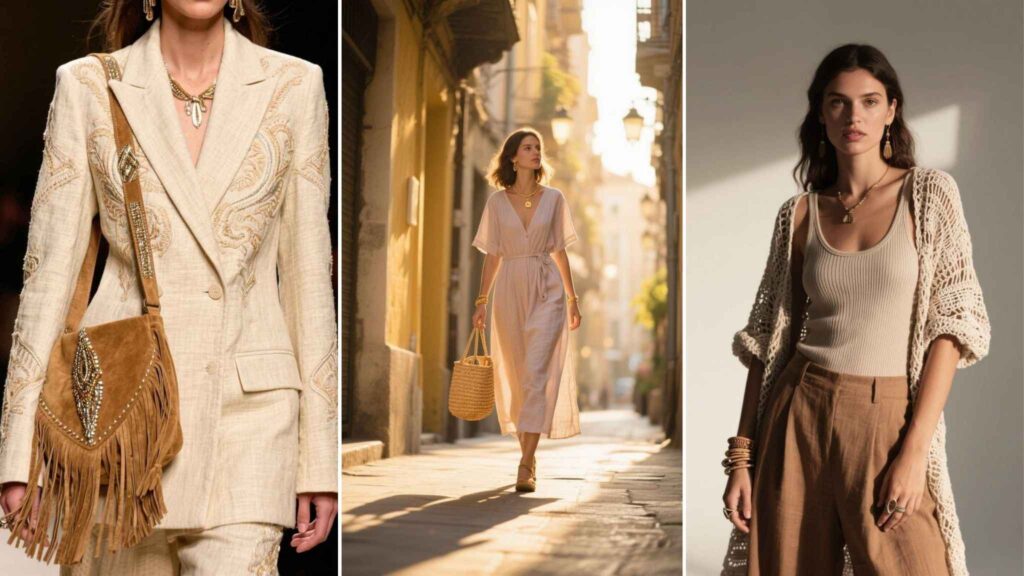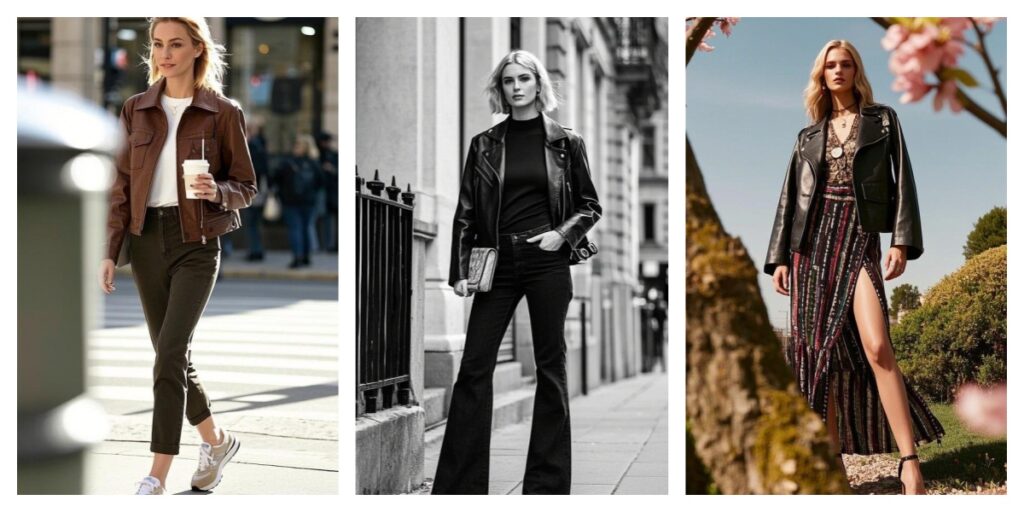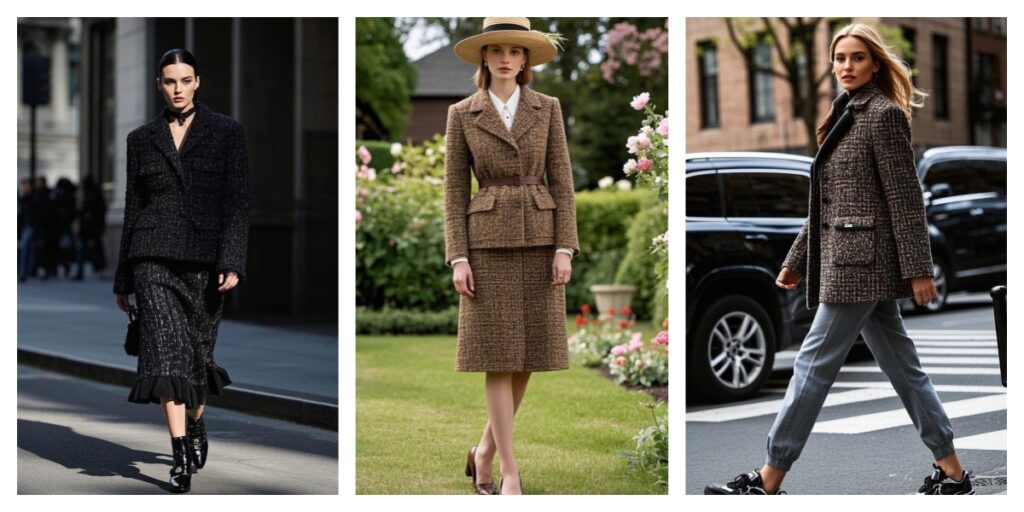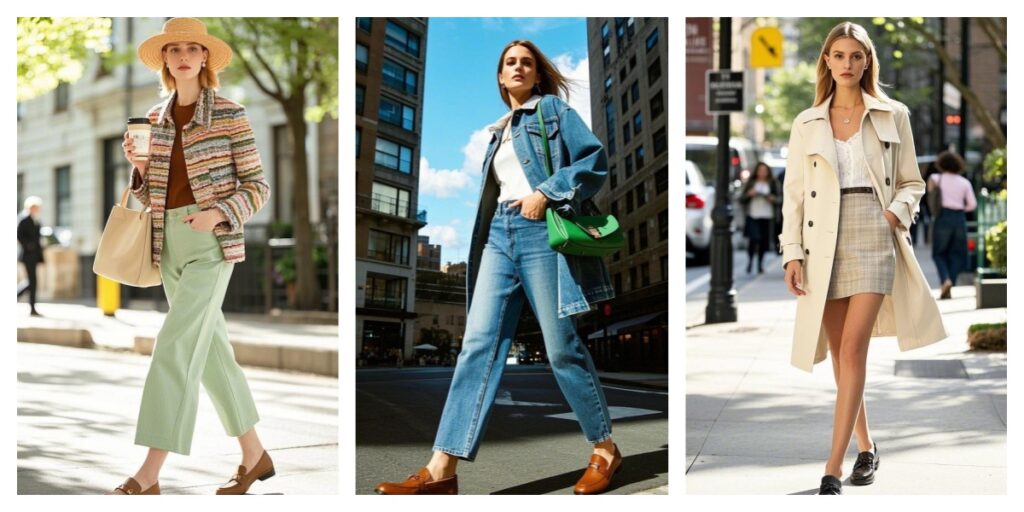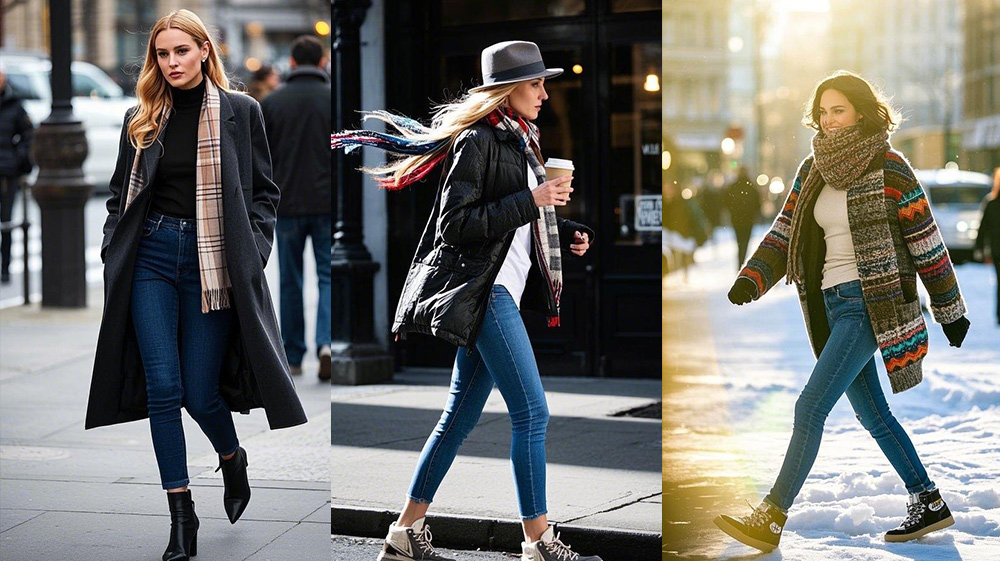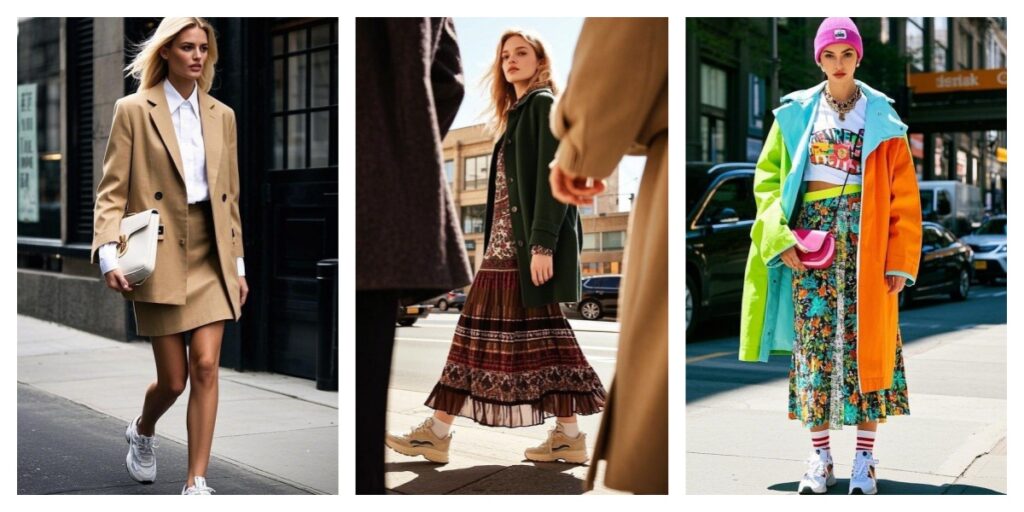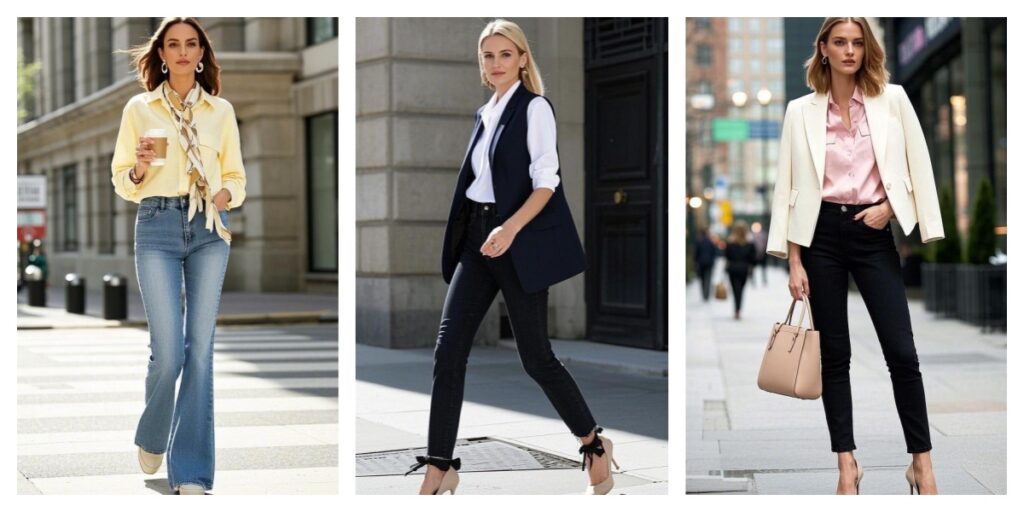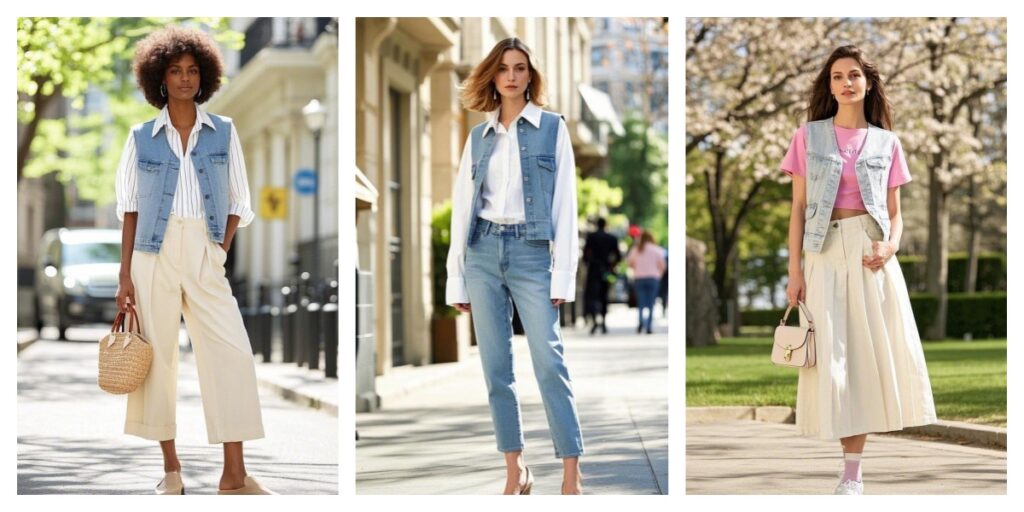Introduction
Boho fashion—short for “bohemian”—sprang from 1960s–70s counter-culture, the wanderer’s wardrobe of fringe jackets, flared jeans, paisley shawls, and crochet vests. It championed freedom of movement and spirit, mixing vintage finds with handmade treasures in defiance of polished, uptown dressing. Because style runs on cycles, every decade asks whether an older aesthetic will revive or vanish; revisiting Boho in 2025 feels timely as designers, consumers, and algorithms all reassess what “laid-back” looks like now. This article explores how Boho has morphed, survived, or slipped from today’s fashion stage—and how you can wear its newest, more refined form without looking like a time-traveler.
A Brief History of Boho Fashion
- Origins: The late-60s hippie movement fused anti-war politics with global craft influences (think Afghan coats, Indian block prints, Moroccan embroidery). Festival life at Monterey and Woodstock spread these looks beyond communes, while travelers along the “hippie trail” traded ideas and textiles.
- Early-2000s resurgence: By 2004, Sienna Miller’s Glastonbury outfits, Kate Moss’s suede gilets, and Nicole Richie’s chandelier earrings re-framed Boho as paparazzi-friendly “boho-chic.” Coachella’s rise cemented crochet bikinis, gladiator sandals, and cut-off shorts as mainstream summer staples.
- Mid-2010s peak: From 2014 to 2017, lace dusters, floppy hats, and desert-shot campaigns by Free People and Spell reached saturation. Instagram feeds flashed endless flower crowns, prompting both devotees and critics to wonder whether the look had burned out.
2025 Trend Forecast: Where Boho Stands Now
Forecasters track millions of data points—from runway collections to search spikes on Pinterest—showing Boho hasn’t disappeared; it’s simply mellowed. WGSN’s SS25 macro-theme “Soul Craft” spotlights hand-worked details, natural dyes, and traveler nostalgia—hallmarks of modern Boho. Pinterest’s 2025 trend boards list “Crochet 2.0” and “Patchwork Pastels,” with searches up since late 2024. On catwalks, Chloé’s airy linen suiting, Etro’s silk caftans, and Ulla Johnson’s ruched prairie dresses keep the vibe alive, albeit toned down. Street-style photographers in Copenhagen and Paris now capture pastel slip dresses layered over mesh crochet tees—less fringe, more finesse. Meanwhile TikTok’s micro-genre #softboho turns millions of Reels into styling mini-lessons featuring muted palettes, recycled cotton sets, and sustainable jewelry.
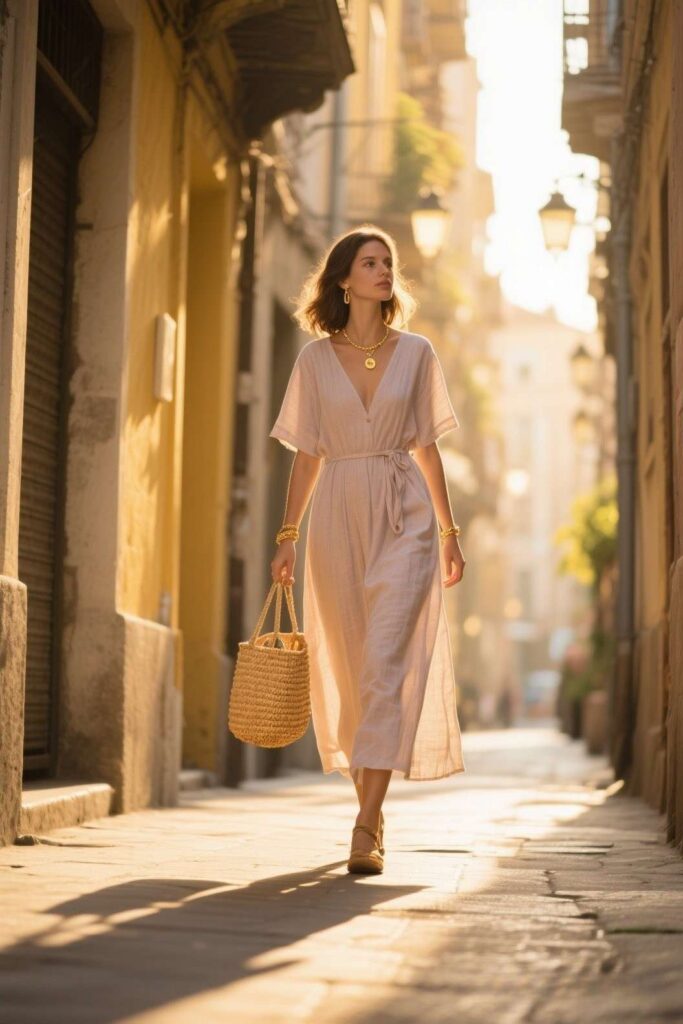
Modern Boho vs. Classic Boho: What’s Changed?
- Silhouettes. Classic Boho loved drama—bell sleeves, tiered maxis, sweeping kimonos. Modern Boho trims excess fabric into cleaner A-lines or cropped paper-bag trousers. The result feels lighter and more compatible with everyday wardrobes.
- Color palettes. Earthy rust, mustard, and sage remain, but 2025’s palette adds chalky pastels, soft greige, and monochrome oat to satisfy minimalists. Prints shrink from bold sunbursts to subtle micro-florals or single-color jacquards.
- Fabrics & details. Consumers want ethical stories: GOTS-certified organic cotton, Tencel voile, piñatex leather, and deadstock lace. Artisan finishes—hand crochet collars, beaded belts, kantha stitches—signal authenticity without the costume feel.
Boho in Everyday Style
Women now cherry-pick signature pieces instead of wearing head-to-toe ensembles. Picture a white embroidered poplin blouse tucked into high-waist straight jeans, finished with braided leather slides. In another look, a sand-tone midi skirt flows beneath a box-cut knit vest and shell necklace. These combinations whisper “wanderlust” while passing any office dress code.
Capsule essentials:
- Embroidered tops (ivory, powder blue, or butter yellow)
- Flowy midi or slip skirts in cupro or washed silk
- Neutral leather sandals or suede mules
- Macramé or crochet cross-body bags
- Delicate coin bracelets or statement turquoise studs
Seasonal twist: In summer 2025, cotton-gauze minis plus raffia visors reign; by winter, ribbed turtlenecks layer under wool-blend ponchos, and knee-high boots replace sandals—but color harmony stays soft, not psychedelic.
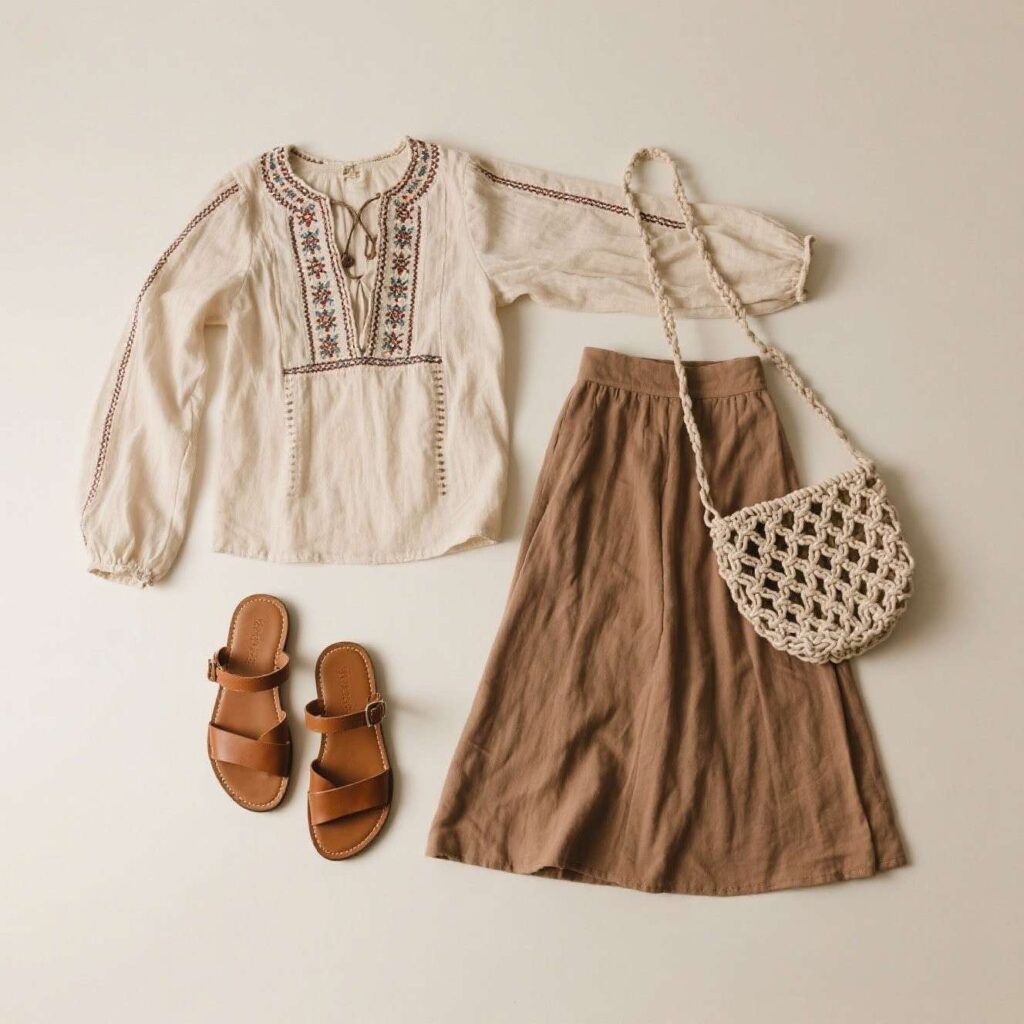
Boho in the Fashion Industry
Labels that built their DNA on Boho—Free People, Anthropologie, Spell—continue to thrive by merging craft with contemporary cuts (think fitted waistcoats over silk slip dresses). Australian brand Zimmermann shows scalloped broderie with tailored shorts, while luxury houses such as Chloé and Etro elevate the look via immaculate drape and luxury fabrication. Ad campaigns for SS25 showcase sand dunes, vintage Land Rovers, and sun-faded palettes, but styling is streamlined: a single statement poncho over a column dress rather than layers of fringe. Department-store windows display raffia-trim handbags beside polished linen suits, proof that Boho’s DNA moves fluidly through accessories even when clothing feels minimalist.
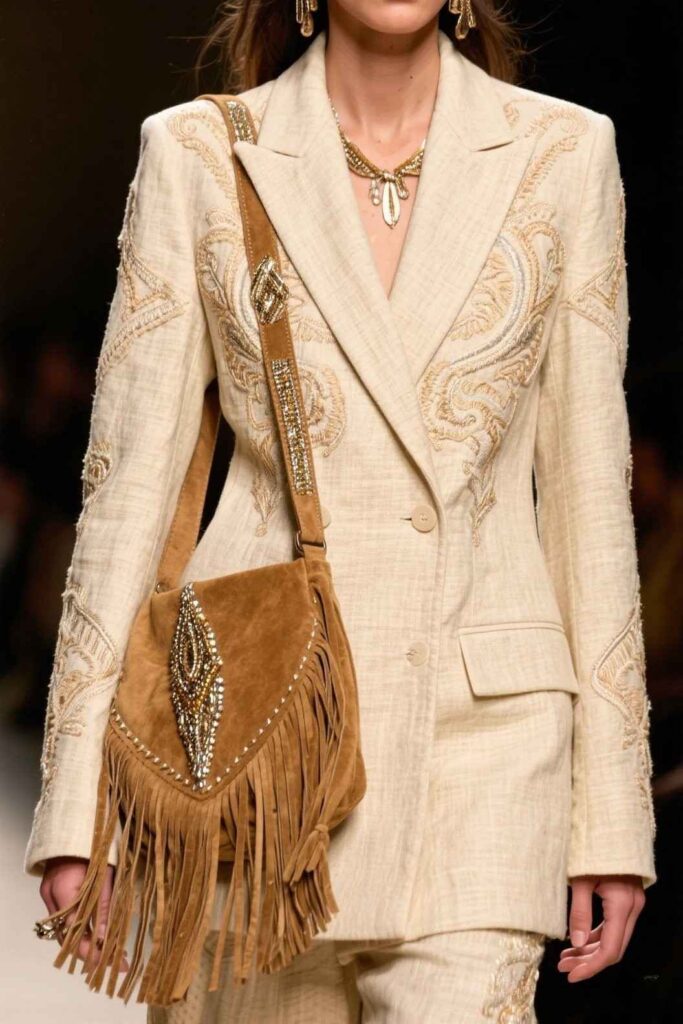
Pros & Cons of Wearing Boho in 2025
Pros
- Expressive. Embroidery, mixed textures, and vintage finds let wearers celebrate individuality.
- Laid-back. Flowy cuts and breathable fabrics fit hybrid work and weekend escapes.
- Sustainable potential. Second-hand or artisan-made pieces extend life cycles and support small communities.
Cons
- Risk of looking dated. Too much fringe or a rainbow of tiered prints can time-stamp an outfit.
- Over-layering. Excess fabric overwhelms petite frames and raises summer body-temperature struggles.
- Mismatch danger. Pairing several statement items can dilute each piece’s impact.
Balanced elegance tip: Anchor your look with a modern base (e.g., ecru wide-leg trousers) and add only one obvious Boho signifier (perhaps a crochet vest). Finish with sleek jewelry to avoid visual overload.
Styling Tips: How to Wear Boho in 2025 Without Looking Outdated
- Mix & match. Temper a lace tiered blouse with tailored denim or wear a softly frayed kimono over a monochrome slip dress.
- One-item rule. Make either the bag, the top, or the shoes your Boho centerpiece—never all three.
- Texture play. Contrast light crochet with smooth leather, or layer a raw-edge linen wrap skirt over structured cotton poplin.
- Neutral anchors. Stick to whites, sands, or muted olives beneath printed outer layers for harmony.
- Accessories count. Replace floppy felt hats with refined straw boaters; swap jangly bangles for a single artisan cuff.
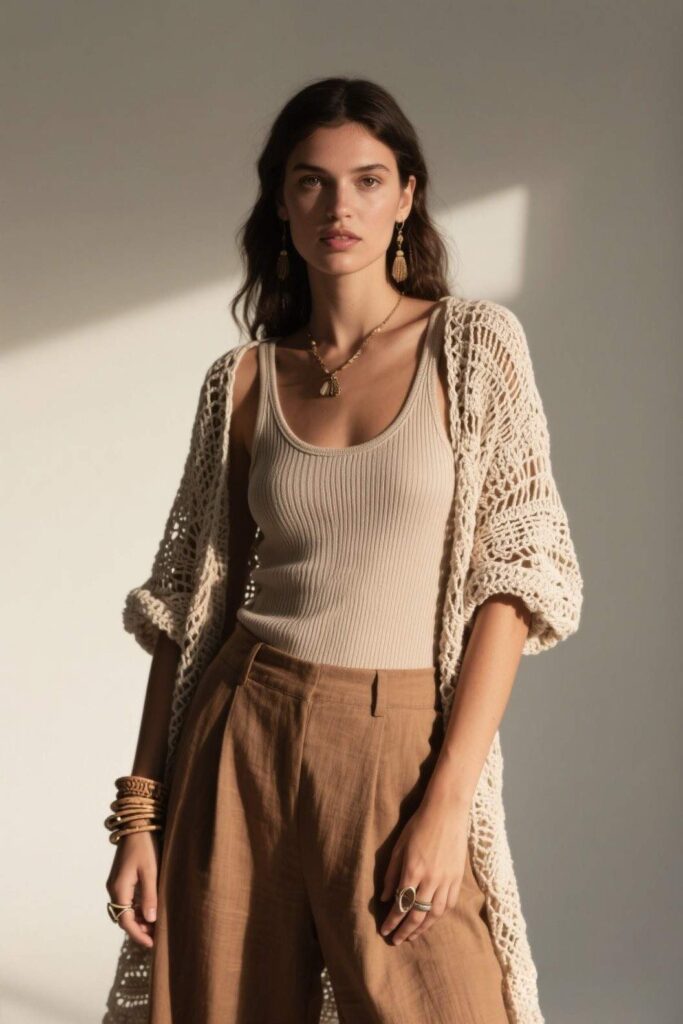
Boho’s Cultural Significance and Evolving Ethics
Boho aesthetics borrow from Romani dress, North African rugs, and Indian textiles—cultures often excluded from the profits. 2025 shoppers demand transparency: Where were those mirror-work jackets made, and were artists paid fairly? Brands respond by highlighting artisan partnerships, fair-trade certifications, and traceable supply chains. Critics accuse fast-fashion clones of selling “festival Boho” without soul, sparking boycotts and hashtags. The refreshed Boho mindset values storytelling, respecting origin communities, and buying less but better. Ethical bloggers champion renting special-occasion pieces or thrifting original 1970s garments to cut both carbon and cultural harm.
Conclusion
Is Boho still in fashion in 2025? Absolutely—yet it has matured. Today’s iteration trades costume-like excess for subtle craftsmanship, muted hues, and planet-kind materials. If you cherish freedom, creativity, and comfort, embrace Boho’s spirit rather than its stereotype: pick a hand-embroidered tunic here, a straw-fringed tote there, blend them with clean silhouettes, and let individuality—not nostalgia—lead the way. Sustainable, expressive, and quietly nomadic, refined Boho proves that fashion’s wanderer has plenty of modern roads left to roam.
